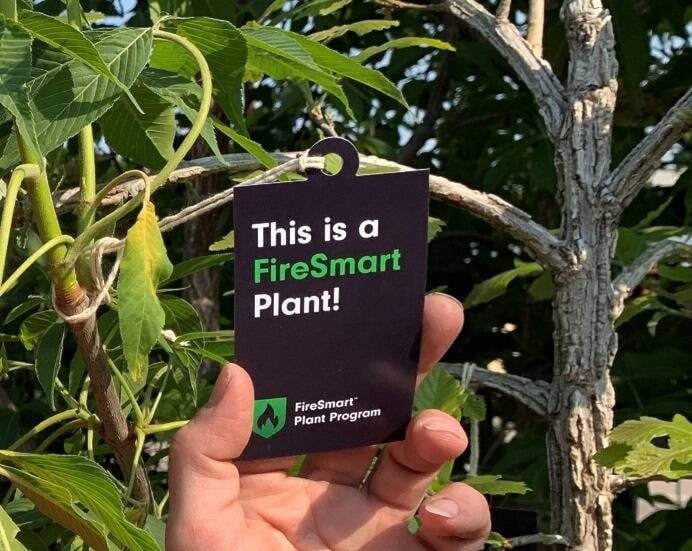To help B.C. elementary and high school students and educators learn about wildfire prevention and awareness, FireSmart BC has launched a new teaching resource initiative.
The FireSmart BC Education Program offers free, comprehensive lesson plans and materials that introduce students to FireSmart concepts, equipping educators and students in Kindergarten to Grade 6 with essential knowledge in fire resiliency.
The Grade 7-12 lesson plans will be introduced later this fall.
Amanda Reynolds, a FireSmart supervisor for the First Nations Emergency Services Society in Prince George, said the education program being implemented by teachers in school has been in the works for the past 18 months, influenced by the severity of the wildfire season in recent years.
“As wildfires hit the Interior in particular, we realize there are no boundaries as any community can be impacted,” she said.
As a result, an opportunity was recognized by FireSmart BC to take the education program administered originally through BC Wildfire Service and expand its reach to school students, and in turn, reach out to their parents.
“These lessons were developed for teachers by teachers so we see this as a seamless transition for these lessons to be picked up in school classes,” Reynolds said.
She said social studies, science, geography and Indigenous education courses would be good fits for the lessons to be introduced by teachers.
Grades K-1 will learn the basics, including identifying the seasons when wildfires are most likely to occur and determining which items around a home are likely to burn.
Grades 2-3 cover topics such as best practices and design of FireSmart homes, as well as how First Peoples used fire to care for the land.
Grades 4-6 take a broad view with lesson plans including the creation of a FireSmart landscaping plan for public areas, learning about the ecozone in which they live and determining factors that can help make areas more FireSmart.
Reynolds said the Indigenous history and knowledge of managing local forests and the landscape is a key component of the education program, such as teaching students how prescribed fires historically helped control wildfires by burning up ground fuels.
“The lessons and activities in the program include a wide variety of themes, including how Indigenous Peoples used fire to care for the land, which I’m excited about,” Reynolds said.
“Incorporating learnings from First Nations in B.C. is something that I feel is critical and will be appealing to educators.”
To learn more about the FireSmart education program, check out https://firesmartbc.ca/resource-types/education-materials/.
Read More: Being FireSmart in West Kelowna
READ MORE: Summer wildfires spark need for FireSmart work in Vernon
